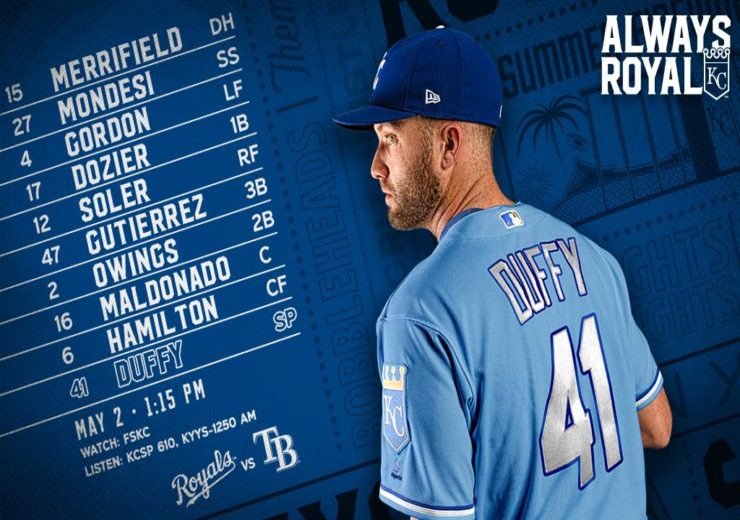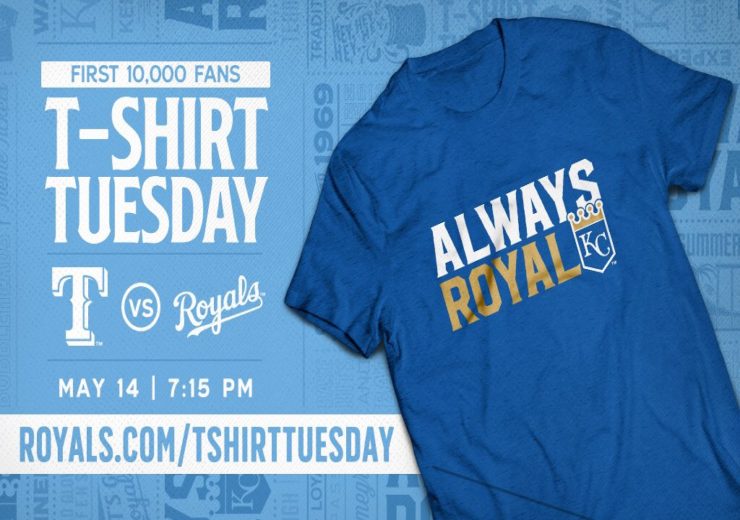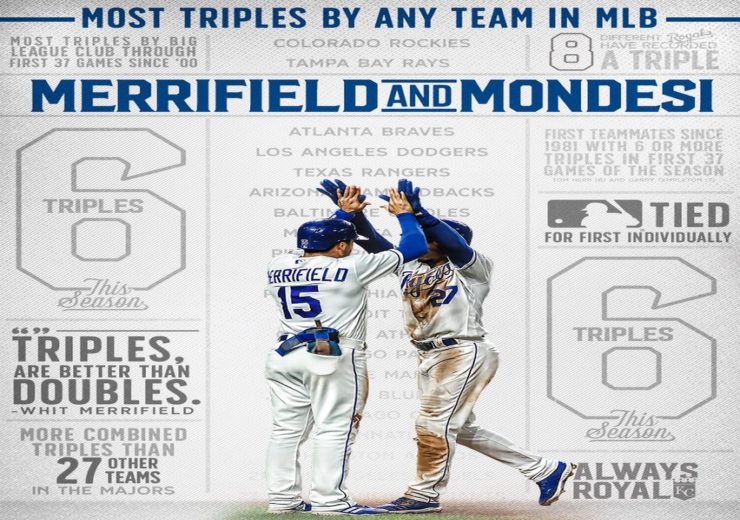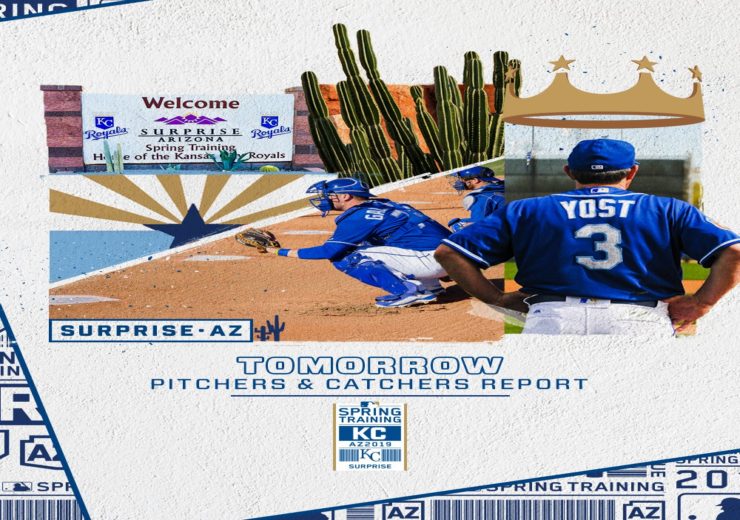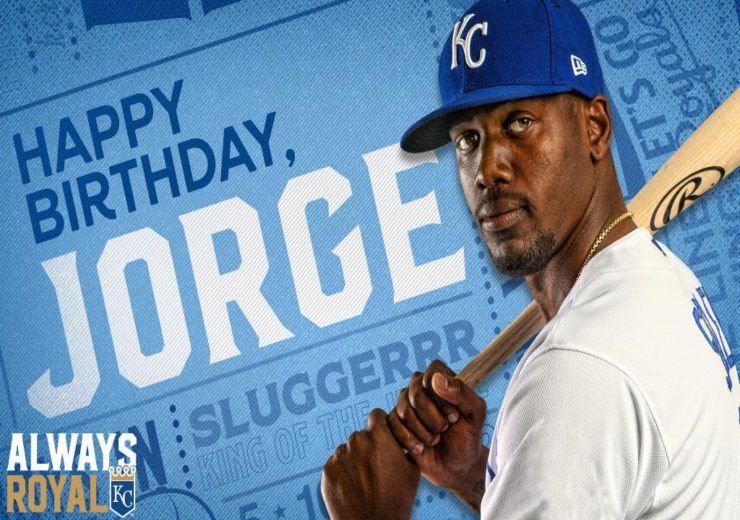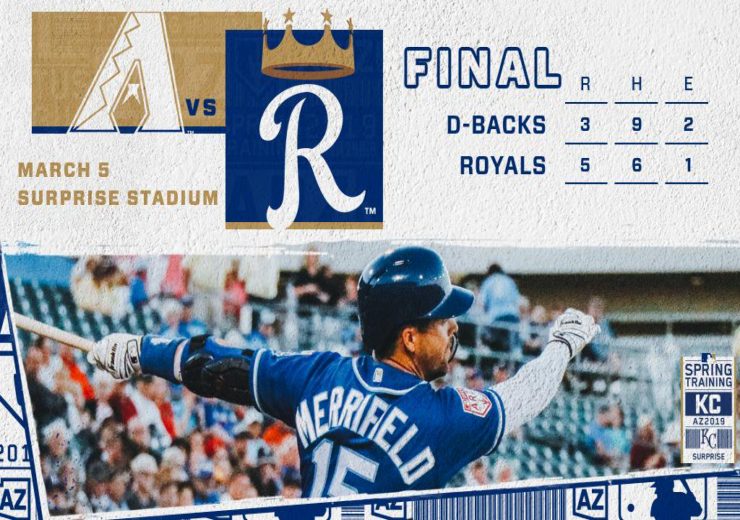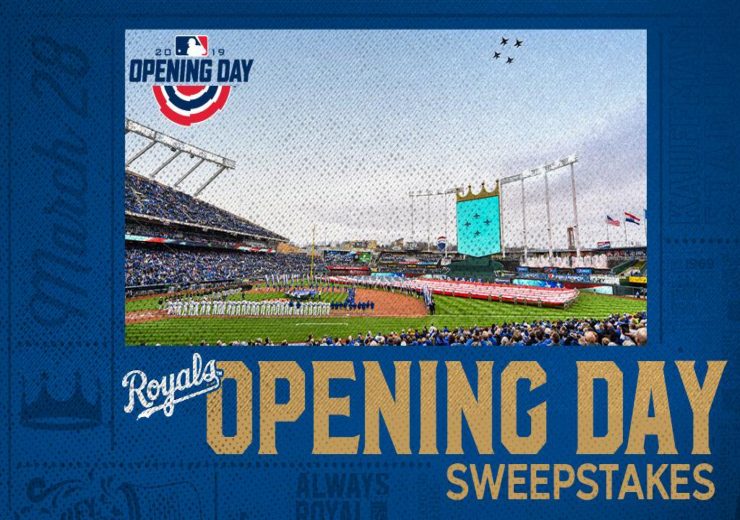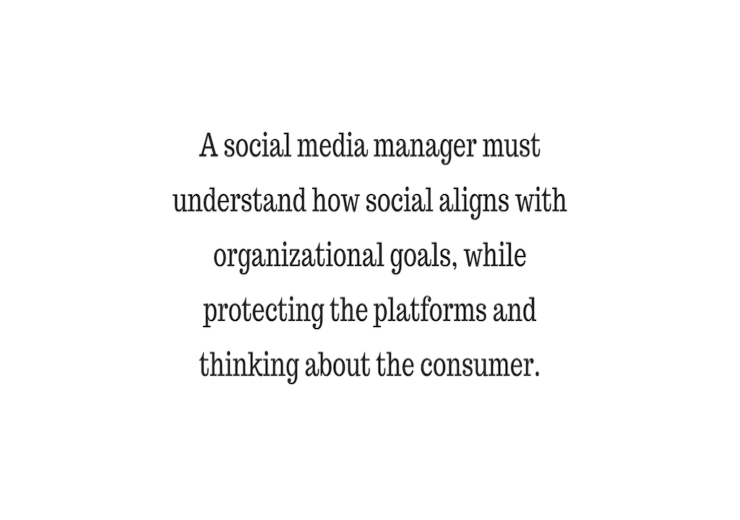Once upon a time social media was a new tool that companies knew they needed to take advantage of but didn’t know why and how. As a result, the recent college grad in the office got the keys and had to figure it out.
Ten years ago, I was handed those keys right out of college. This was a time in the industry before Instagram was a thing and algorithms controlled the news feed. Facebook and Twitter were the core of social. Content meant text posts that drove people to a blog (big gasp). Social media was “free” (eyes roll).
In my first few roles, I had a lot of freedom to do what I wanted and make those decisions alone. The organizations I worked for had strong visions and strategies in place, but social was still such a grey area. We needed to be there, but did not really know the business case. Hence, the free reign.
The early days of social are long gone now. We no longer need to try without understanding why. Social media has grown up, matured and proved its business case. It’s the front door to brands today. It drives brand affinity and also revenue. And as a result, social media roles need to evolve from what they were “way back when” and stop treating them like a silo. There are two big keys that need to be addressed with this:
First, social is a marketing tool.
At the start of my career, I had very little marketing foundation. I wasn’t thinking about the brand, voice, big ideas and integrated planning. Everyday was a tactical playground where I posted and tweeted without a larger understanding of the why.
I have to guess that I’m not the only young social hire who did not quite understand what building a strong brand foundation means. And in the endless playground that is social, it’s easy to get distracted in the things that (quite frankly) don’t move the needle.
After years in this industry, one of the biggest frustrations I have is that people who work in social are too often put in a corner. Social media managers aren’t “just social” people. They are marketers who happen to specialize/work in a channel. And, they should be embedded in the larger marketing vision.
If someone works in social, it’s not their job to understand the platforms alone. It’s their job to understand marketing, brand and creative. Period.
People who work in social should not be disconnected from the overall marketing picture. This is true in how we hire, train and set people up for growth.
If you hire a new college graduate for a social media role, expose them to projects beyond social. They need to know more than the platforms. They need to grasp marketing as a whole and how their work maps back to the larger goals. Give them that foundation.
If you hire a more senior leader for social, make sure they have a seat at the marketing table. Understand that they have more to offer than their knowledge of the platforms.
And, for anyone that works in social, they should be encouraged to expand their scope. This means leading projects beyond the platforms and providing a path for growth that does not pigeonhole them to the platforms.
Social is part of the larger marketing vision. Employees should be adept in the brand vision, strategy and plan. They should be able to translate that vision and the brand to the channels.
Long story short, stop putting social in a corner.
Second, social is a collective effort.
In a similar vein, the voice and tone of how the brand comes to life on social media should not be the sole job of one or two people. Companies would never let one person dictate a brand campaign, so why should one person dictate the entire presence of a brand?
Yes, there will always be someone who plays gatekeeper on the channels. I believe in defining lanes, having gatekeepers and knowing who ultimately is the final decision maker. But the “big picture” of the presence should never be dictated by one or two people. It’s imperative to make sure there’s a team that contributes to the collective strategy – a strategy that starts with the brand and larger vision.
When one person dictates the entire presence, too often it becomes about personal preference. Social media is not about the person behind the account. It’s about the brand, the brand, the brand.
Just like social media is part of marketing, social media should be a collective effort within the marketing function. Breakdown the silos, open up the doors and make sure the work is mapping back to what everyone is driving towards. When a team contributes to the channel it becomes about the bigger picture and helps leave egos at the door.
The old ways of social being a role that lives in a silo should be long gone. Yes, organizations need people who are experts and gatekeepers of the platforms, but it should still be a collective effort.
At the end of the day social is part of the larger marketing ecosystem. It’s time to structure how we hire and work in that way.

